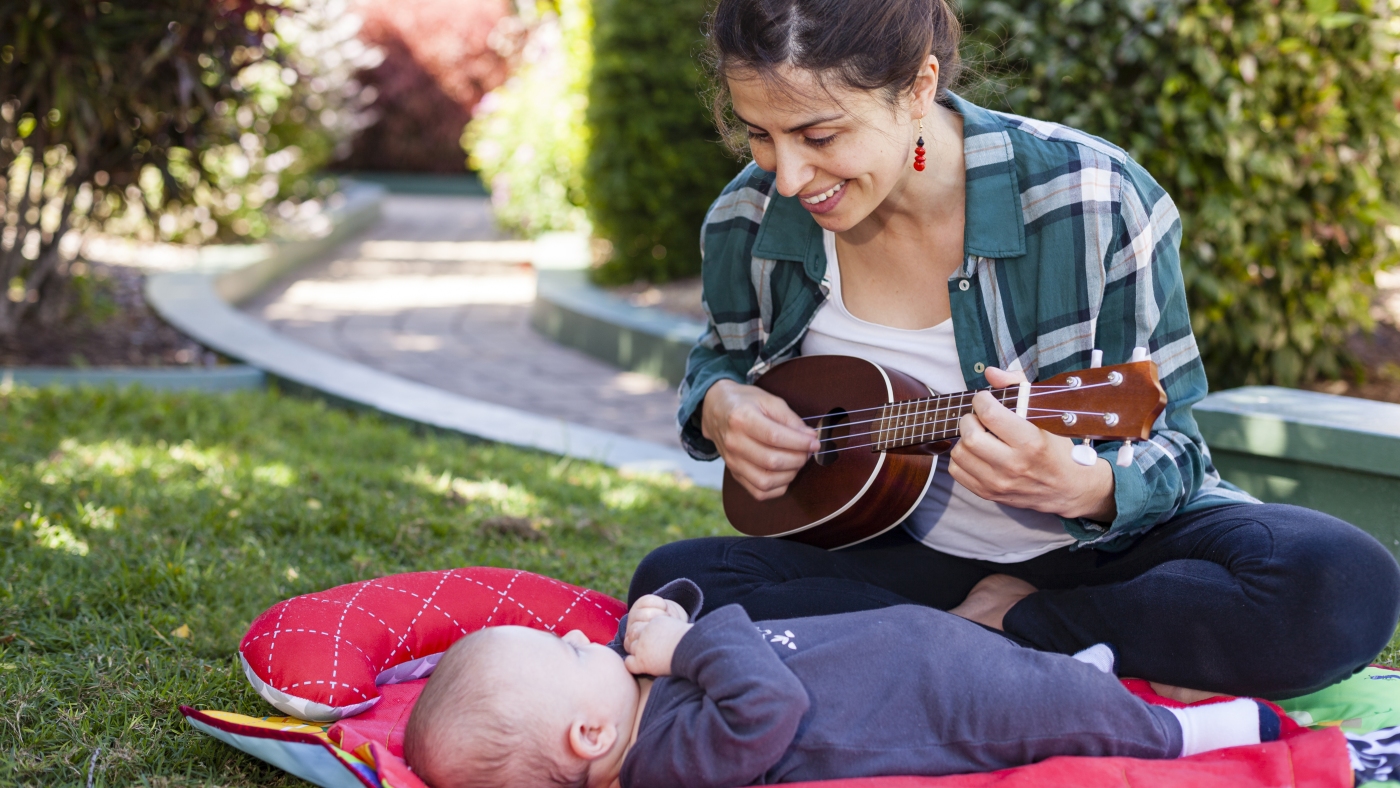Singing to babies is an age-old practice cherished by parents worldwide, and recent research reinforces its profound impact on infant well-being and development. This report explores the multifaceted benefits of singing to babies, the songs parents choose, and the underlying science that explains why melody and rhythm resonate so deeply with our youngest listeners.
The Emotional and Psychological Benefits of Singing to Babies
Singing to a baby is not merely a soothing ritual; it is a powerful emotional connector that influences the infant’s mood and overall happiness. A recent Yale University study highlights that infants exposed frequently to singing are generally happier throughout the day, not just in the moments of singing itself. This elevated mood likely stems from the attentiveness and affection conveyed by the parent’s voice, offering infants a sense of security and attachment.
Parents often report that lullabies and familiar melodies calm their babies during bouts of fussiness, help them transition into sleep, and even elicit smiles and playful engagement. These responses illustrate the unique ability of singing to regulate infant emotions and foster a positive parent-child bond.
The Role of Singing in Cognitive and Language Development
Beyond emotional comfort, singing serves as a critical cognitive tool. Researchers note that singing stimulates the language centers of the brain, positioning infants to better absorb and understand speech patterns. The rhythmic and melodic elements help babies discern syllables, sounds, and intonations, which are foundations for language acquisition.
Observations also reveal that as babies age, their gaze shifts more toward the speaker’s mouth during singing, a behavior that likely supports their developing understanding of speech mechanics and facial expressions. Singing thus bridges emotional connection with early language education.
What Songs Do Parents Sing? Tradition and Innovation
Parents employ a broad spectrum of songs—from traditional lullabies such as “Hush Little Baby” and “The Wheels on the Bus” to personalized, improvised ditties created in the moment. Some parents favor upbeat and lively songs during playtime that encourage movement and excitement, while softer, slower songs dominate bedtime routines.
Interestingly, many parents bring their own musical preferences into the nursery, singing portions of beloved artists’ songs or incorporating unique or “unusual” selections outside the standard children’s repertoire. This personalization enhances authenticity and enjoyment for both parent and child, supporting engaging musical experiences instead of rote repetition.
Expectant parents even begin this tradition prenatally, singing to their unborn babies as early as 20 weeks gestation. Prenatal singing can familiarize the infant with parental voices and specific melodies, helping soothe the newborn after birth and establishing early attachment before meeting face to face.
The Science Behind Lullabies and Singing
Scientific studies delve into the mechanics of why lullabies and singing are effective soothing tools. Singing provides rhythmic predictability and vocal warmth, which babies recognize as signals of safety. Unlike other forms of interaction that may startle or stimulate excess excitement, singing carries a calming quality through consistent tempo and tone.
Moreover, live singing from parents conveys emotional nuance and attention that recordings lack, making the infant feel directly engaged and cared for. This personal aspect enhances the calming effect and increases the baby’s receptiveness.
Practical Impact on Parenting and Family Life
For new parents, integrating singing into daily routines offers a dual advantage: it nurtures the infant’s emotional health and language development while helping parents bond and reduce stress. Some parents find that even if they are uncertain about their singing ability, their babies appreciate the effort and emotional signal behind the act.
Community initiatives and media outlets, such as NPR’s recent call for parents to share the songs they sing to their babies, underline the widespread interest and value society places on this practice. Sharing recordings and stories encourages a broader cultural appreciation and collective understanding of how music shapes early human development.
A Lasting Legacy of Song and Connection
The songs sung to babies often transcend infancy, becoming treasured memories that define early family life. While children may sometimes outgrow or sassily reject parental songs as they mature, the initial years filled with melody lay a foundation of bonding and growth that echoes throughout childhood.
Singing to babies exemplifies a simple yet profound tool that leverages human voice, emotion, and rhythm to foster happier, healthier beginnings. Whether through classic lullabies, improvised tunes, or parents’ favorite music, this tradition enriches the early years with connection, learning, and love.
—
In essence, singing to babies enriches a child’s world in joyful, scientifically supported ways—from enhancing mood and easing transitions to kickstarting language skills and cementing parent-infant bonds. It is a small act with a mighty impact, proving that sometimes the best way to reach a baby’s heart is through the timeless magic of song.


